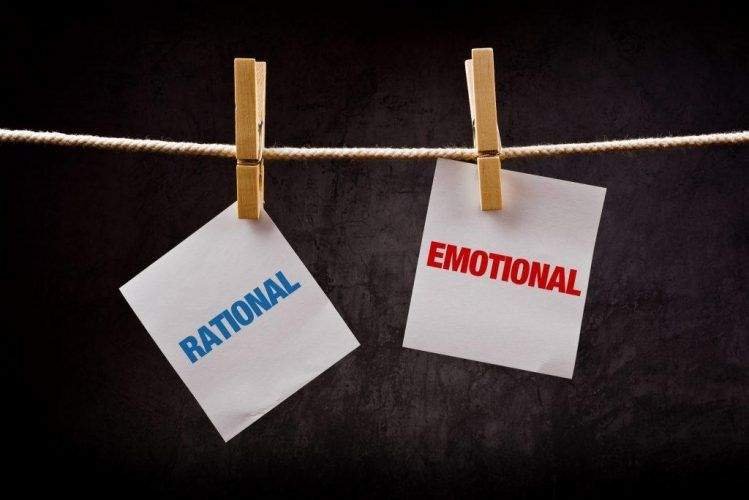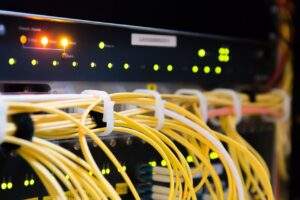How to Use Persuasive Design and Triggers to Increase Conversions

A website design matters the most when it comes to online shopping. When users visit a site, they value the design of the site and also attach some feelings either consciously or subconsciously. It is essential first to comprehend consumer psychology to understand the buying behavior of the customer.
Online businesses are in search of potential buyers and there may potential users visiting your site but will not convert because of poor web design or lack of emotional triggers. The decisions that your customers make are based on several triggers that can be consciously or subconsciously.
It is a misconception that people make buying decisions on a rational analysis of available alternatives, but mainly emotions and feeling are the main drivers of the entire decision-making process. While people usually believe that they make a rational decision, but in reality, we are all emotional drivers and emotions are the leading cause in the entire decision-making process.
Persuasive Design
Design of a website impacts human buying behavior, and a custom website designer must design a site for behavior and here is how to do it. People do not perform actions randomly, in fact, there are motivating drivers that reinforce their purchase decision. The factors are;
• Motivation
• Ability
• Trigger
UX designers forget to incorporate emotional connection when they are aiming to get conversions. Designers won’t forget to use technology when making a website but often forget to add emotions, triggers, and friendliness in the design to attract users. The best is when you win over your users without forcing them to make any decision. Combine all the three above factors, and you will see some action happening.
Now let’s take an example of online store, Amazon. There may be situations when you search for a product online, may even find it but might not purchase it. The reason behind switching away from the purchase action is the lack of motivation to make a purchase.
Adding up discount coupons or free shipping are triggers for your users to make a purchase decision. Now the task is more straightforward to manage (ability), which means your user doesn’t need much motivation before they decide to take action. Lining up all the three factors is quite easy if you do it correctly.
1. Identify the Behavior:
The first step to persuasive design is to identify the behavior you want your users to take. Analyze your products and services and identify how you want your audience to perceive it.
2. Apply Principle of reciprocity:
The principle of reciprocity is giving your users some benefit in return to their purchases. There are numerous ways you can do it either by offering free shipping, discount coupons or any other.
Reason for adding the principle of reciprocity is to compel your users to take action. You must have purchased the products that your favorite celebrity has endorsed it no matter you like the product or not. because you have an attachment with the celebrity and therefore you liked the product and purchased it. For web designers, does not mean to add celebrities to your design, it is merely creating a design that relates closely to your customers, and they accept it.
3. Decision Making:
Decision making is the stage where the customer is likely to make a purchase decision. Being an online seller, you must convince your customers that whatever decision they have made is right and they will not be facing any trouble in receiving the product and time while using it.
Triggers to Increase Conversions

1. Limited Stock:
When a product/service is in limited availability, it becomes more attractive to your users. When supply is less, there is more demand. Triggers like “limited Stock,” “just two left” are strict buying triggers as they build FOMO (Fear of missing out). People will think that they will miss it if they don’t buy it now and will readily make a purchase decision.
2. Discount Coupons/ Vouchers:
It takes quite a long time to make a purchase decision. The potential customers spend a reasonable time visiting your site, signing up, selecting a product and then adding it to your cart.
If you add some discount coupons, discount or free shipping on the products, it will speed up the buying process. You may notice your customers who add products to their cart but then abandon the process before checkout; it is probably of unwanted fees that they see for checkout.
So, adding up exciting offers with checkout process will develop an interest of the customers to make instant purchases.
3. Maintain post-purchase communication:
The main aim of post-purchase communication is to maintain customer loyalty. Send them emails about new offerings and push them to come back again. At this stage, the customer has already purchased the product, and our primary goals now are engendered loyalty.
How to do it?
Make sure to keep consistency throughout your brand even after the purchases. Whether it’s the copy, newsletters or design, you want your customers to think that they have received a strong and cohesive brand experience.
The easiest way to increase conversion is to make the buying process as simple as you can. Optimize ability over motivation and make your buying process smooth. There is no doubt that the goal of every business is to get conversions and make money.
Persuasion in a right way is the most potent tool that marketers can use in their online process. If your e-commerce funnel is aligned correctly, you get more conversions, turn your visitors into potential customers and maintain customer loyalty.







